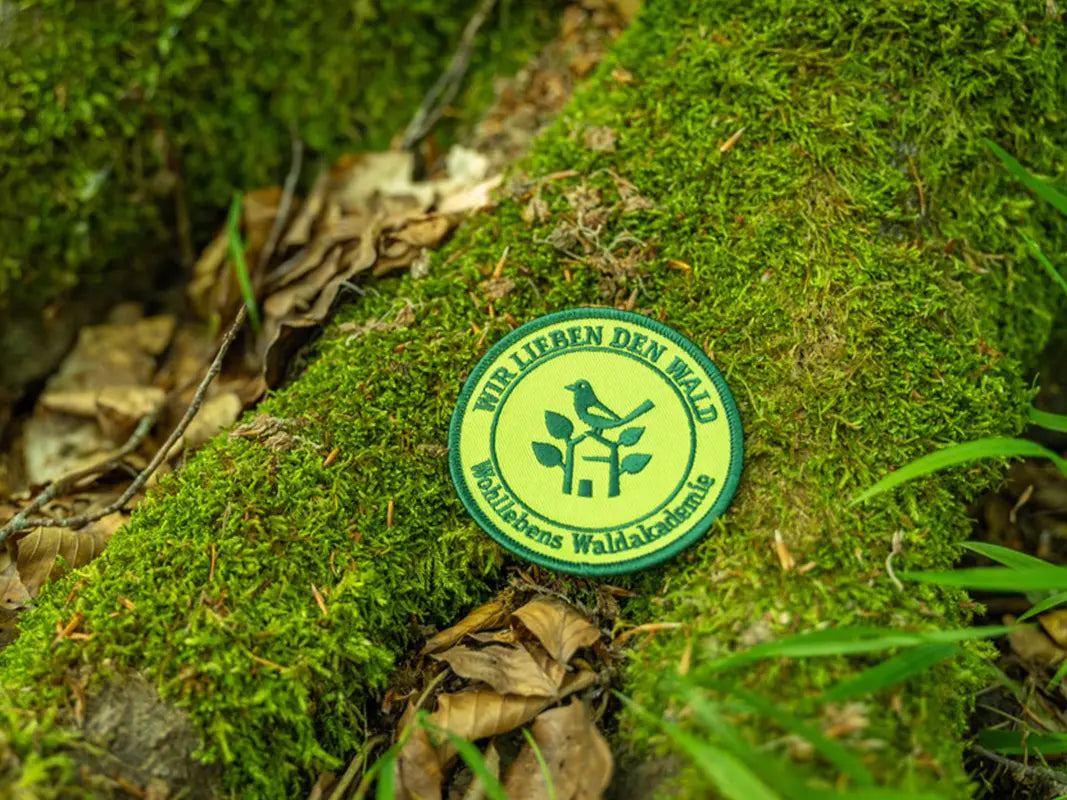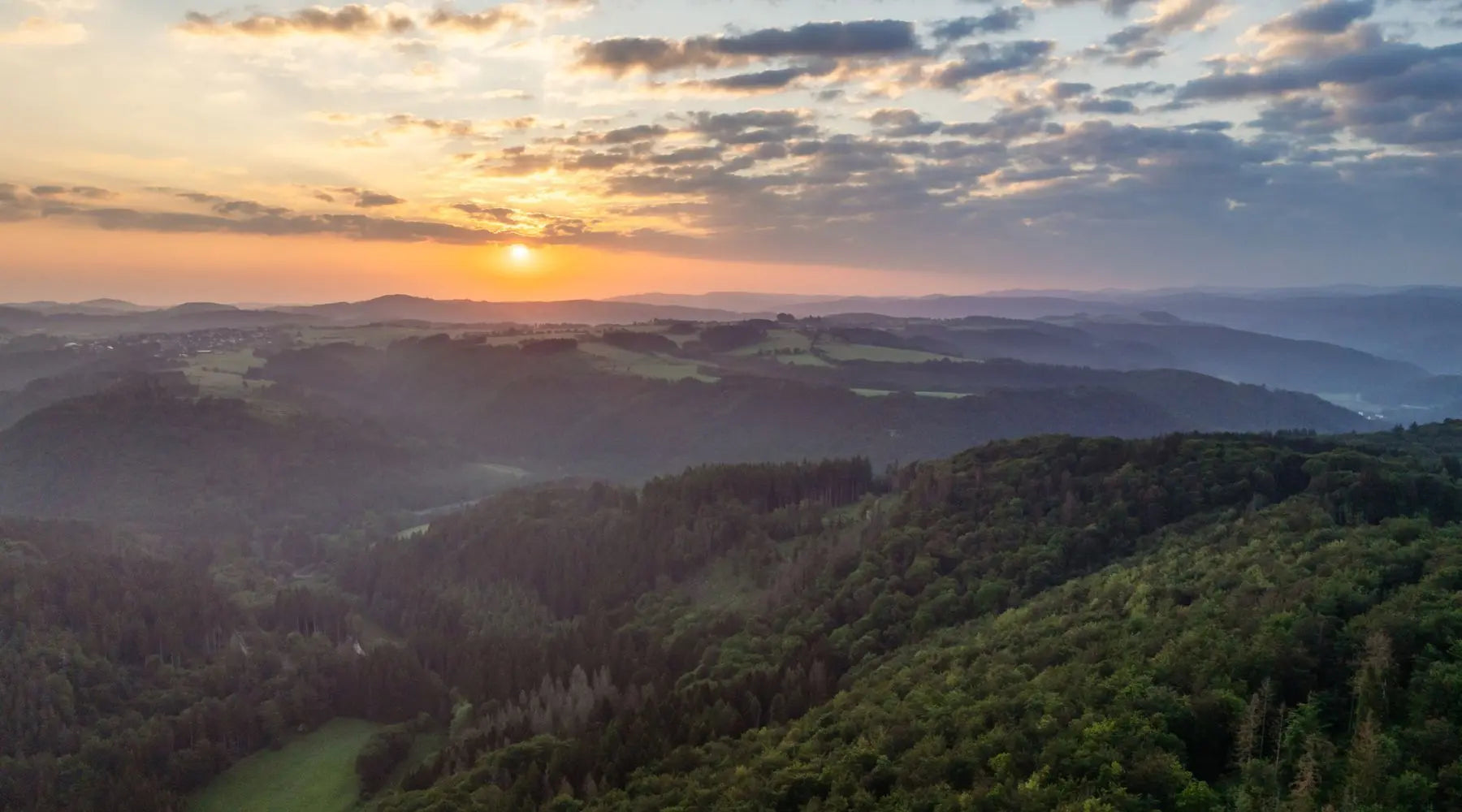A recently published study sheds light on the beetles that live in the forest of the UrwaldProjekt
Dead wood – the favorite food of many beetles!
If you're walking through a forest and come across a tree trunk that's been lying there for a while, you might have noticed that it's teeming with small animals that bore holes in it, carry plant material around, and gorge themselves on the wood. Because Germany was originally covered in forests across the entire country, there are also a lot of insects that have specialized in living in wood and depend on it . Around a quarter of all beetles native to Germany (around 1,378 species) live off it. They ensure that the nutrients stored in the wood are available to the other organisms in the forest. However, modern forest management means that hardly any dead wood is left in the forests, which means that these animals' habitat is lost and their survival is threatened .
What was investigated in the jungle project?
A study by the University of Koblenz, published earlier this year, examined the beetle populations in part of the UrwaldProjekt (Primeval Forest Project). The UrwaldProjekt forests are protected by process management , meaning that, among other things , deadwood is not removed but remains available to forest organisms as a habitat and source of nutrients . The hope is that wood-dwelling (xylobiont) beetles, 60% of which are Red List species, will be able to increasingly recolonize the deadwood. The studies have so far provided an initial impression of which species occur in the UrwaldProjekt forest in the upper Ahr Valley and in what frequency. 96 different species were counted among 1,367 individuals, including four Red List species. Since there are currently no meaningfully comparable studies on beetle populations in this area, the study can be seen as an initial inventory, based on which the development of the beetle populations can be observed in the future . It also takes several years for high-quality deadwood to accumulate in a forest, which is a prerequisite for beetle species that depend on primeval forest-like conditions (so-called primeval forest relict species) to repopulate there. It will be exciting to see whether these species will be discovered in the upper Ahr Valley in the future.









Leave a comment
All comments are moderated before being published.
This site is protected by hCaptcha and the hCaptcha Privacy Policy and Terms of Service apply.